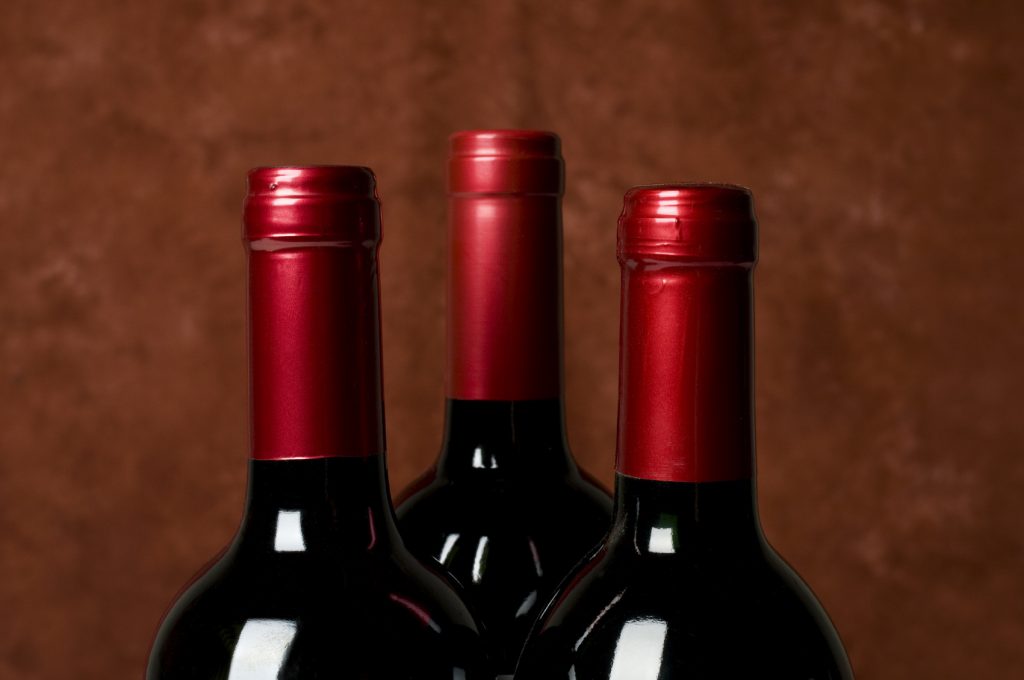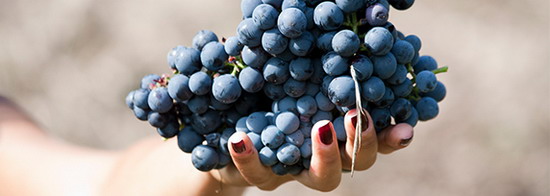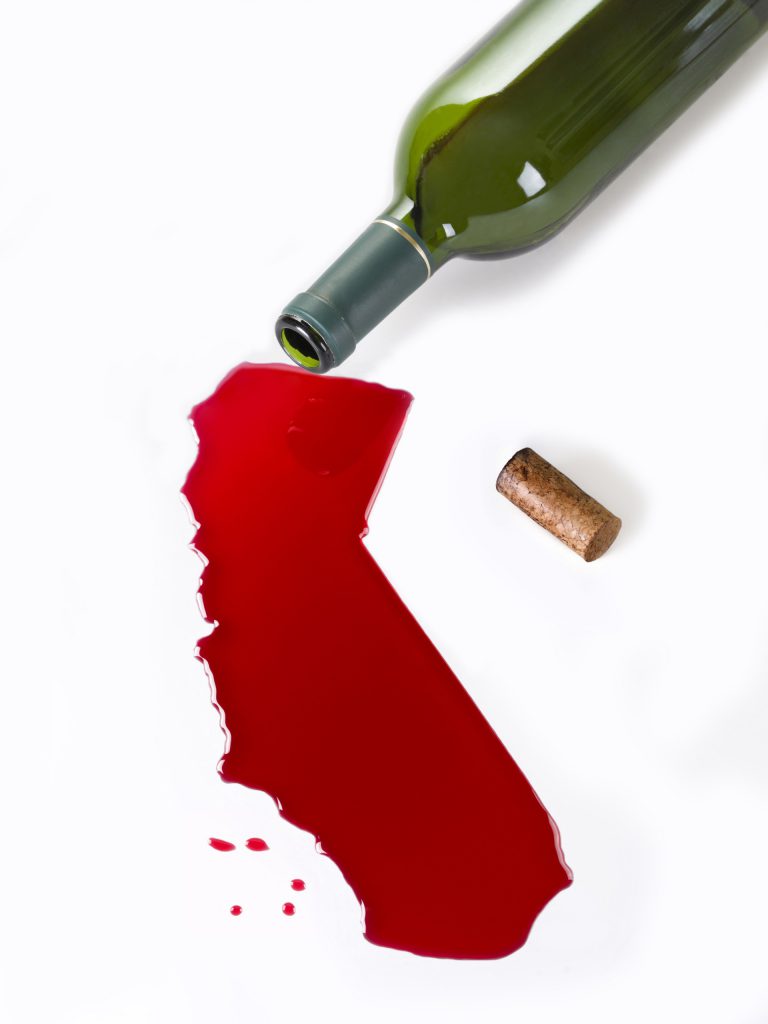Are Meritage Wines a case of mistaken idenity or do they blend in to stand out?
The words Perrier, Häagen-Dazs and Godiva may not be in the dictionary, but they’ve all come to mean a high-quality product. That simple guarantee of value, captured in a short and memorable brand name, was what North American winemakers were searching for a couple of decades ago, when they were first trying to establish their identities as producers of fine wine.
Even before then, in the early 1960s, vintners were looking for a way to position their wines as something more than “cheap ‘n sweet.” The strategy then was to label bottles with faux-geographical names—such as American Chablis or Canadian Champagne—in an attempt to borrow from the prestige of these famous French wine regions. (Today, however, using such names outside of those regions is illegal in many countries.)
To make the wines more approachable still, the next change on the label indicated the grape from which the wine was made: Chardonnay, Shiraz, and so forth. This effort was so successful that many buyers still choose their wines in stores and restaurants by the grape. In fact, some people mistakenly view wines that aren’t labelled with one grape as inferior.
By the 1980s, Californian vintners, who were already making single-varietal wines from traditional Bordeaux varieties, started to blend them. They wanted to create premium wines with new aromas and flavours. They sought structure from the tannins of Cabernet Sauvignon; plush texture from Merlot; aroma and colour from Cabernet Franc; softness of flavour to allow early drinking from Malbec; and power from Petit Verdot. Some vintners likened the blends to adding more colours to a painter’s palette; others compared it to adding woodwind and string sections to a brass band. The wines aren’t necessarily better, just different.
The vintners were inspired by European wines, such as the top-growths of Bordeaux—Mouton-Rothschild, Lafite, Latour, Haut-Brion and Margaux—all of which were, and still are, blends that don’t indicate their component grapes on the label. European wines are better known by their regions than their grapes, so it wasn’t a problem. But it was a different matter for North American winemakers, who had only just trained their consumers to buy wine by the grape. And according to U.S. law, if the winemakers blended Cabernet Sauvignon, for example, with more than 25 per cent of another grape, they were required to use some generic phrase such as “red table wine” on the label, a term associated with, ugh, jug wine.
So in 1988, a group of California winemakers decided to come up with a name that would indicate an American blend of classic Bordeaux grapes—a name they could all use and promote. They formed a committee dubbed “Wine Looking for a Name,” and sponsored a contest open to the wine lovers around the world. More than 6,000 names were submitted, with such creative suggestions as “Primovino,” “The Brew,” “Minglewine,” “Claret Cake,” “Cal Vin Napasonomendo,” “Supracal,” “Tutti Cali-Fruity,” and “Quelquechose Grandiose.”
The winning entry was “Meritage” —submitted by Neil Edgar, a 30-year-old assistant manager at a Californian grocery store. (For his efforts, he received two bottles of Meritage wine a year, for ten years, from each member of the group—well over a hundred cases, worth thousands of dollars.) The word Meritage appealed to the selection committee because it was neither French nor English, but a hybrid of both; with the positive connotations of both “merit” and “heritage.” (It’s pronounced to rhyme with heritage, rather than Hermitage.)
At the same time, the Meritage Association (www.meritagewine.org) was formed to protect the use of the name, and to ensure that the wineries using it complied with the guidelines. Red Meritage wines had to be made from a blend of two or more of the following varieties: Cabernet Sauvignon, Merlot, Cabernet Franc, Malbec and Petit Verdot. Some more obscure Bordeaux varieties were also permitted: St. Macaire, Gros Verdot and Carmenère. The same rules also applied to white Meritage wines: they had to be blended from two or more white Bordeaux grapes: Sauvignon Blanc, Sémillon or Sauvignon Vert (known as Muscadelle in other regions). No single variety could make up more than 90 per cent of the blend.
Ten years later, the guidelines still leave winemakers a lot of freedom: they can decide which of the Bordeaux grapes to use, and in what proportion. Few winemakers use all of the permitted varieties, and in fact most use just two or three for the reds. For example, if a vintage results in exceptional Merlot, then winemakers may use a higher percentage of this grape in the blend that year. This also gives winemakers more financial security, since they can earn their return on the most successful crop.
Today, the Meritage Association has 82 member wineries from ten states. However, not all wineries that make the traditional Bordeaux blend use the term Meritage on the label. Some of the most exclusive wines prefer to use their own proprietary names: Opus One, Joseph Phelps Insignia, Cain Five, Dominus, Merryvale Vineyards Profile, Pahlmeyer Reserve Red and Clos du Val Reserve. And at the other end of the spectrum, some wineries still use names such as “Old Vine Red” or “Big House Red.”
Canada’s fine wine organization, the Vintner’s Quality Alliance (VQA), has adopted the group’s guidelines. This means that VQA wineries that use the Meritage designation must meet the standards of both groups. Some Canadian wineries that do are Inniskillin, Lakeview Cellars, Jackson-Triggs, Henry of Pelham and Sumac Ridge—the first Canadian winery to label its bottles as Meritage in 1993. Many others produce Meritage blends, but just don’t use the term on their labels.
Some opponents criticize the use of the term Meritage as pretentious and unnecessary. Not only does it confuse the wine consumer with yet another term to remember, they claim, but it also glosses over the more helpful information of knowing which grapes are in the blend. But the association believes that in time the name will simplify choices for consumers: they’ll have to remember only one term, rather than keeping track of the various grapes and blends and proprietary names.
Another criticism is that Meritage doesn’t allow other interesting grapes, such Zinfandel or Shiraz, to be part of the blend. But the association’s goal is to establish an identity for an American blend of Bordeaux grapes, and it believes that it needs to stay focused on that goal to be successful in an increasingly complex wine market. Opponents also say that the designation is no guarantee of quality, and runs the risk of becoming meaningless—like the term reserve. But Meritage seems to have gone, if anything, in the opposite direction: most members use the term for their best wines, and the greater risk may be that Meritage wines will become unaffordable.
Today, Meritage is increasingly used as a separate category in wine stores, competitions, and restaurant wine lists. The term is protected under U.S. trademark law, and is gaining more widespread use by both wineries and the trade. Meritage blends have even seeped into mainstream culture—if the television comedy Frasier is any indication.

In one episode, Frasier and his brother Niles are competing in a blind wine tasting to become “Master of the Cask” at their wine appreciation club. Frasier goes first, describing the wine as “dense, dark and supple—a Napa Merlot.”
Then Niles takes his turn. “Yes to all those things, but with the added complexity of a blend of 45 per cent Cab and 55 percent Merlot!” There’s no question that Niles’ triumph is based on the merits of his description.










